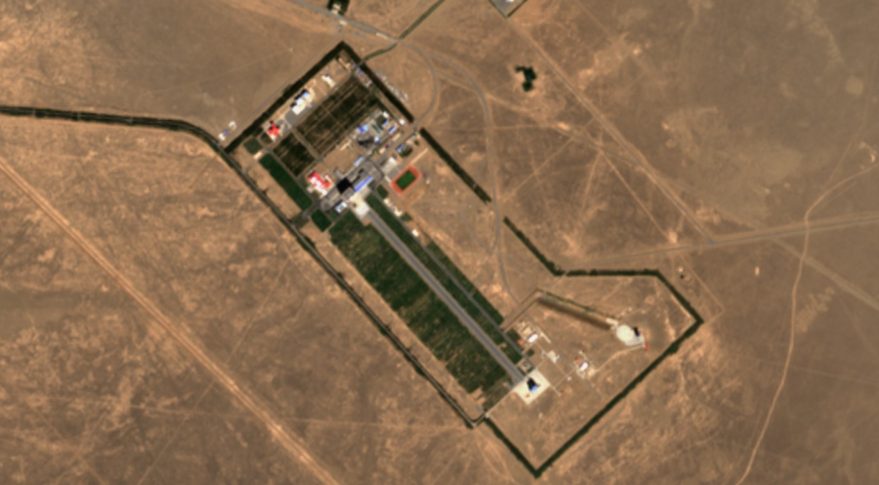
HELSINKI — A spaceplane launched by China in August has performed an orbit-raising maneuver and recently secured new funding to promote new modes of transportation.
The “reusable experiment spacecraft” launched from Jiuquan in the Gobi Desert atop of a Long March 2F rocket Aug. 4. It has spent most of its 82 days in an orbit similar to the 346 by 593-kilometer orbit inclined by 50 degrees initially tracked by the U.S. Space Force’s 18th Space Defense Squadron (18 SDS).
Robert Christy of Orbital Focus noted a change in the orbit occurred Oct. 23, with the spacecraft raising its perigee to shift to a near-circular 597 by 608-kilometer orbit.
Mission Update
China Spaceplane Test
Yesterday at around 07:30 UTC, nearly eight weeks after launch, it used thrusters to raise perigee and produce ~600 km circular orbit, inclination unchanged
Detailed figureshttps://t.co/RpUCh03yiP#China #spaceplane #shuttle #orbit #news pic.twitter.com/dUarH1uApT
— Orbital Focus (@OrbitalFocus) October 24, 2022
Little is known about the project with China closely guarding the launch operations and only announcing the mission once the spaceplane was in orbit.
The country has yet to provide any updates on the mission and it is unknown how long the spacecraft will remain in orbit. The first flight, which took place in July 2021, was a similarly clandestine mission lasting two days. It was noted in terse state media reports following launch and landing.
Clues as to its dimensions did however emerge after the second launch when images of the assembled debris from the spaceplane’s Long March 2F rocket and modified payload fairing at a middle school in Henan province.
The project is being run by the China Academy of Launch Vehicle Technology (CALT), the main space launch vehicle maker under China’s main space contractor, CASC. CALT is also developing a reusable suborbital spaceplane, which completed its second flight in late August.
CALT’s spaceplane project secured funding from the National Natural Science Foundation of China (NSFC) in September.
The “suborbital long-range air-to-space transportation system” project is being led by Song Zhengyu, chief designer of the Long March 8 carrier rocket, who noted that long-distance, high-speed transportation has become a new hot spot in space research, with SpaceX investing billions in the development of the Starship.
The system will be capable of lifting off and landing from a runway and making intercontinental flights inside an hour. It will also be capable of repeated use and feature high reliability, and give birth to new industries such as global high-speed transportation and popular space tourism, according to a CALT press statement.
Illustrations contained in the statement show a shuttle orbiter-like spacecraft on top of a larger winged vehicle, along with a diagram demonstrating the two crafts’ respective flights.
The carrier spaceplane would reach around 100 kilometers before releasing the spacecraft which would continue to climb, and skip off the atmosphere and glide back to Earth.
The project is seen to support the construction of China’s scientific and technological power, aerospace power and transportation power, and has practical social, technological, economic and other application values, according to CALT.
The institute also noted that the project is the first major space project to be approved by the NSFC. CALT also aims to deeply integrate the spheres of space and transportation.
The highly secret nature of the program so far is likely related to its military funding and applications. The new national funding source is unlikely to change this, given the sensitivity of hypersonic technology.
Other reusable spacecraft or spaceplane projects are under consideration in China. The China Aerospace Science and Industry Corp. (CASIC) is working on its own spaceplane, named Tengyun, while commercial firm Space Transportation last year raised more than $46.3 million for its hypersonic spaceplane plans.
A number of Chinese rocket companies have also created presentations including small spaceplanes launching atop concepts for liquid rockets.